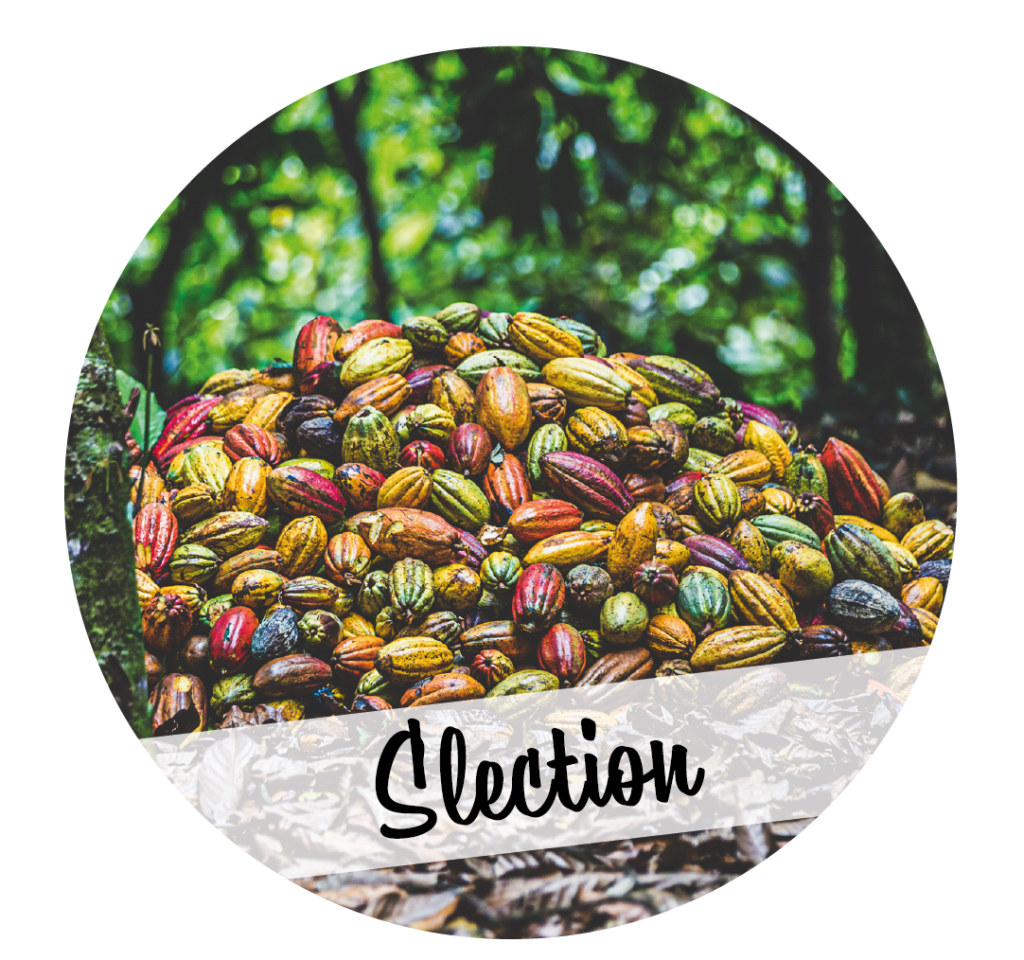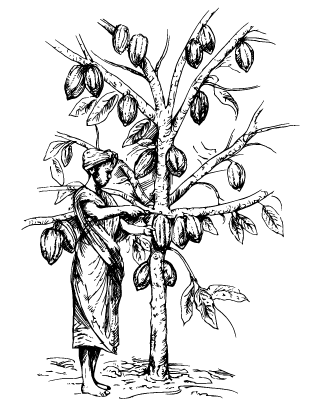
Biodyssée chocolate powder are made with high quality raw materials, specially selected in order to offer you homogeneous, gourmet and intense mixes, to be used in cooking or in hot or cold drinks.


We select our cocoa powders as well as our 100% organic sugars in order to offer gourmet and / or intense powders depending on the chocolate drink. We choose high quality cocoa powders that are low in bitterness and fat (10-12%). Criollo, Trinitario and Nacional are the basis of the finest cocoas and are selected for their powerful floral, fruity or woody aromas while Forastero is appreciated for its intense chocolate taste.

Our chocolate drinks are made from pure cocoa selected in Central America associated with unrefined blond cane sugar from Colombia, the smoothness of which is sublimated when hot.
The higher the cocoa content, the more intense the chocolate. We therefore adapt the cocoa content according to the origin of the cocoa and its variety, which reveals the characteristic aromas of the bean and not its bitterness.

Biodyssée cocoa powders are assembled and packaged by one of our expert service providers in the field. The manufacturing of packaging bags for our chocolate powder is carried out in the same area of activity to promote a short local circuit.

Founded in 1999 in the Dominican Republic with the aim of promoting organic cocoa and generating basic income for farmers, our group of producers has managed to create new attractive jobs in rural areas suffering from depopulation. Before this engagement, many farmers barely managed to sell their cocoa beans. Today, a growing number of cocoa farmers benefit from a long-term perspective thanks to:

The cocoa beans are harvested fresh from farms, then they are fermented, dried and selected in fermentation centers. Processing and export facilities are located in Medina, in the province of San Cristóbal, just 40km north-west of the capital, Santo Domingo. Four other treatment centers are spread over Hispaniola.